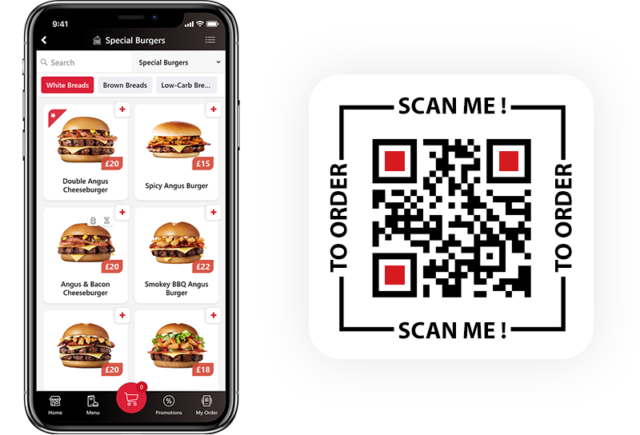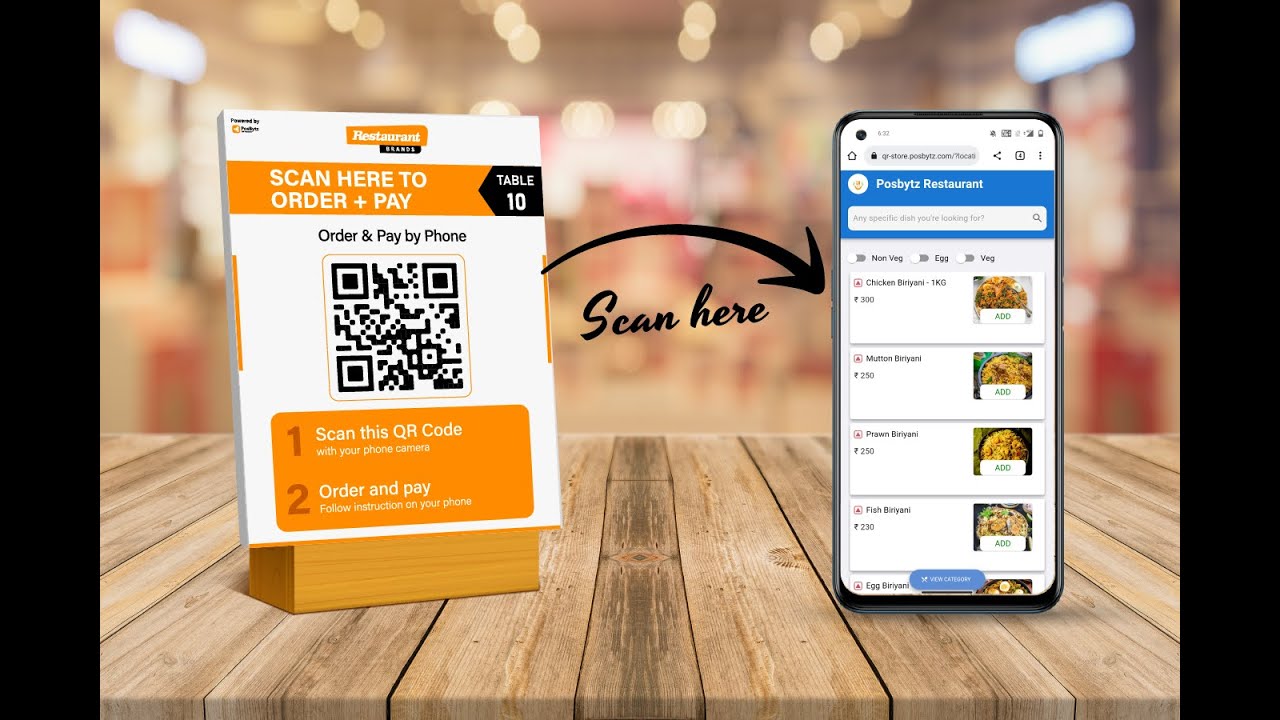In an increasingly digital world, restaurants are constantly seeking innovative ways to enhance customer experiences and streamline operations. One such solution gaining popularity is the use of QR codes for online ordering. This technology not only facilitates contactless transactions but also makes it easier for customers to access menus and place orders directly from their smartphones. Here’s a comprehensive guide on how to effectively use QR codes for online ordering on your restaurant website.

Table of Contents
Toggle1. Understanding QR Codes
QR codes, or Quick Response codes, are two-dimensional barcodes that can be scanned using a smartphone camera. When scanned, they can direct users to a specific URL, display text, or initiate other actions. For restaurants, QR codes can link directly to online ordering platforms, making it easier for customers to view menus and place orders without the need for physical menus or in-person interactions.
2. Setting Up Your Online Ordering System
Before implementing QR codes, it’s crucial to have a robust online ordering system in place. Here’s how to get started:
- Choose an Online Ordering Platform: Select a user-friendly platform that integrates seamlessly with your restaurant website. Options like ChowNow, Toast, or Square can be great choices, depending on your needs.
- Customize Your Menu: Ensure that your menu is visually appealing and easy to navigate. Include high-quality images, descriptions, and pricing for each item to entice customers.
- Set Up Payment Options: Integrate secure payment options, such as credit cards, digital wallets, or third-party payment processors, to facilitate smooth transactions.
3. Generating QR Codes
Once your online ordering system is set up, it’s time to generate QR codes. Here’s how to do it:
- Choose a QR Code Generator: Use a reliable QR code generator like QRCode Monkey, QR Code Generator, or GoQR.me. Many of these tools allow you to create free QR codes easily.
- Input Your URL: Enter the URL of your online ordering page in the generator. This could be a specific menu page or a dedicated ordering page on your website.
- Customize Your QR Code: Many QR code generators offer customization options, such as colors and logos. This can help your QR code match your restaurant’s branding.
- Download and Save: Once you’re satisfied with the design, download the QR code in a high-resolution format suitable for printing and digital use.
4. Strategically Placing QR Codes
The effectiveness of QR codes relies on their visibility and accessibility. Here are some strategic placements:
- On Menus: Add QR codes to printed menus, allowing customers to scan and view the online menu or place orders directly from their devices.
- Table Tents: Use table tents or cards featuring QR codes to encourage customers to place orders without waiting for a server.
- In-store Signage: Place QR codes on signage near the entrance or checkout areas to attract customers’ attention as they enter.
- Marketing Materials: Include QR codes in flyers, posters, and social media promotions to drive traffic to your online ordering system.
5. Promoting QR Code Usage
To maximize the effectiveness of QR codes, it’s essential to promote their use among your customers:
- Educate Your Staff: Train your team on how QR codes work and encourage them to inform customers about this option for placing orders.
- Social Media Campaigns: Run campaigns on your social media platforms to highlight the convenience of online ordering via QR codes. Share visuals and step-by-step guides on how to use them.
- Incentivize Usage: Offer discounts or special promotions for customers who use QR codes to place their orders, encouraging them to try this new method.
6. Ensuring a Seamless Experience
To enhance customer satisfaction, ensure a smooth online ordering experience:
- Optimize Your Website for Mobile: Since QR codes are typically scanned using smartphones, it’s crucial that your website is mobile-friendly. Ensure that the online ordering interface is easy to navigate on smaller screens.
- Test the QR Codes: Before implementing them widely, test the QR codes to ensure they work correctly and direct customers to the right pages.
- Monitor Performance: Use analytics to track how many customers are using QR codes for online ordering. This data can help you assess the effectiveness of this strategy and make necessary adjustments.
7. Gathering Feedback
Once customers start using QR codes for online ordering, gather feedback to improve the experience:
- Surveys: Send follow-up surveys to customers who ordered using QR codes, asking about their experience and any suggestions for improvement.
- Monitor Social Media: Keep an eye on social media channels for comments or reviews related to the QR code ordering process. This can provide valuable insights into customer perceptions.
Conclusion
Incorporating QR codes for online ordering on your restaurant website can significantly enhance the customer experience, streamline operations, and increase sales. By following the steps outlined above, you can effectively implement QR codes, making it easier for customers to access your menu and place orders with just a few taps on their smartphones. As the dining landscape continues to evolve, embracing innovative solutions like QR codes can set your restaurant apart and drive growth in the competitive market.


No responses yet